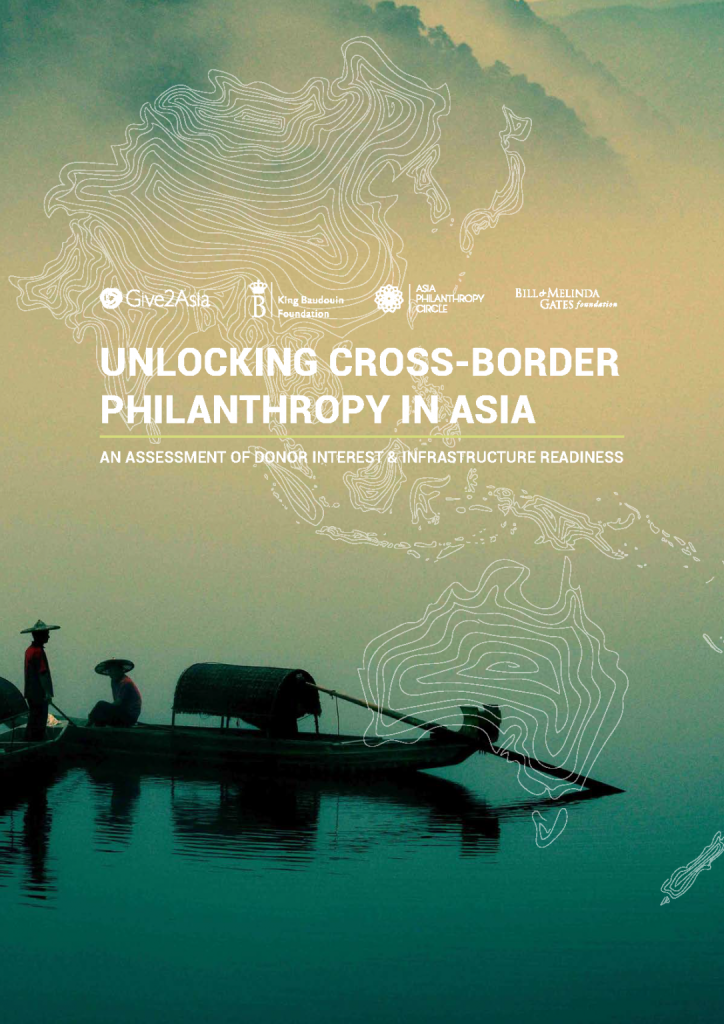What are the motivations, challenges, and barriers donors face in giving across the region?
BY THERESA CUA
Asia is home to an estimated 36% of billionaires globally, and two-thirds of the world’s poor—presenting immense opportunities for regional giving. Philanthropy continues to hold enormous potential for addressing major challenges in the region as wealth continues to rise; harnessing even just 2% of GDP in Asia towards philanthropic giving would unleash some US$701 Billion—or 28% of the cost for achieving the Sustainable Development Goals by 2030.
However, philanthropists in Asia face significant barriers to giving. Complex taxation laws, regulatory policies, the limited availability of infrastructure to give and receive funding, as well as practical challenges such as language barriers or the lack of reliable information on charities to support—have discouraged more giving to flow within the region.
To further examine these barriers and to lay out a roadmap for unlocking more cross-border giving, Give2Asia, the Asia Philanthropy Circle, the King Baudouin Foundation, and the Gates Foundation embarked on a multi-year research in 2020—launching the final results Unlocking Cross-Border Giving at the recent AVPN 2022 Conference in Bali.
Asia’s philanthropists are interested to make a regional impact, the report confirms; and several markets such as Hong Kong, Australia, China, and South Korea have necessary infrastructure ready to expand that can create an ecosystem for giving in the region. Setting up regional intermediaries—such as the Asia Community Foundation, which APC is currently incubating—could help donors enable access to credible information on local charities, and by ensuring proper governance and transparency on funds, and further build a culture of giving beyond borders within Asia.

Unlocking Cross-Border Giving is based on first-hand interviews with over 150 philanthropists, high net worth individuals, and foundations, and over 135 non-profit organisations across 15 markets in Asia—including China (Mainland, Hong Kong, Taiwan), India, Indonesia, Japan, Korea, Malaysia, Nepal, New Zealand, Philippines, Singapore, Thailand, and Vietnam.
You can read the full report here.

